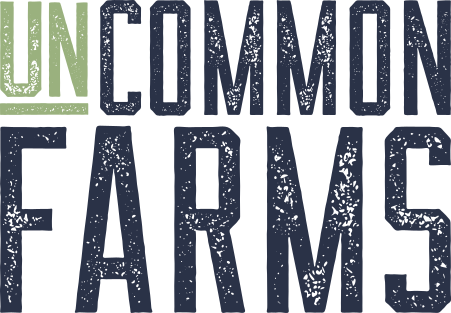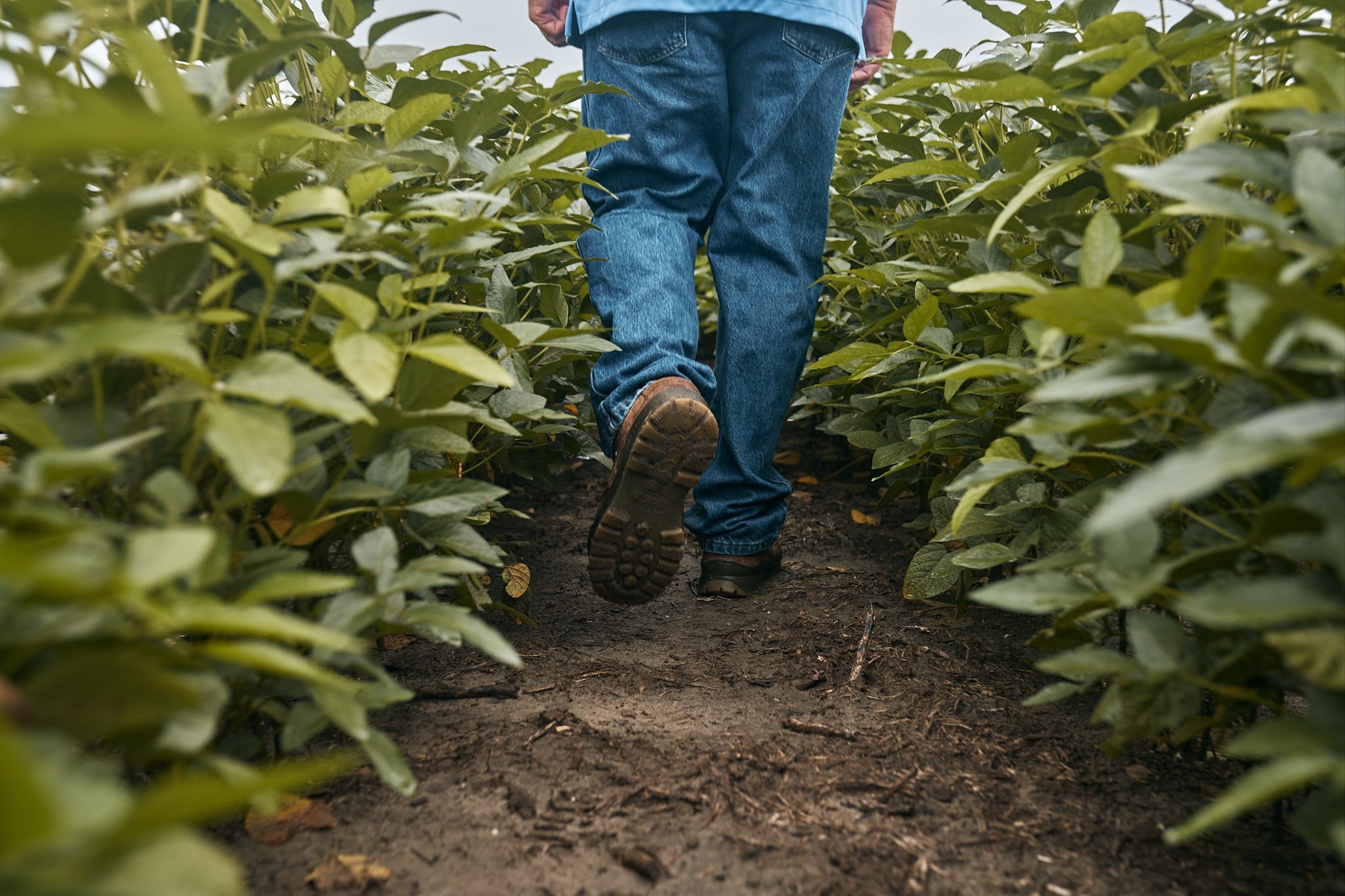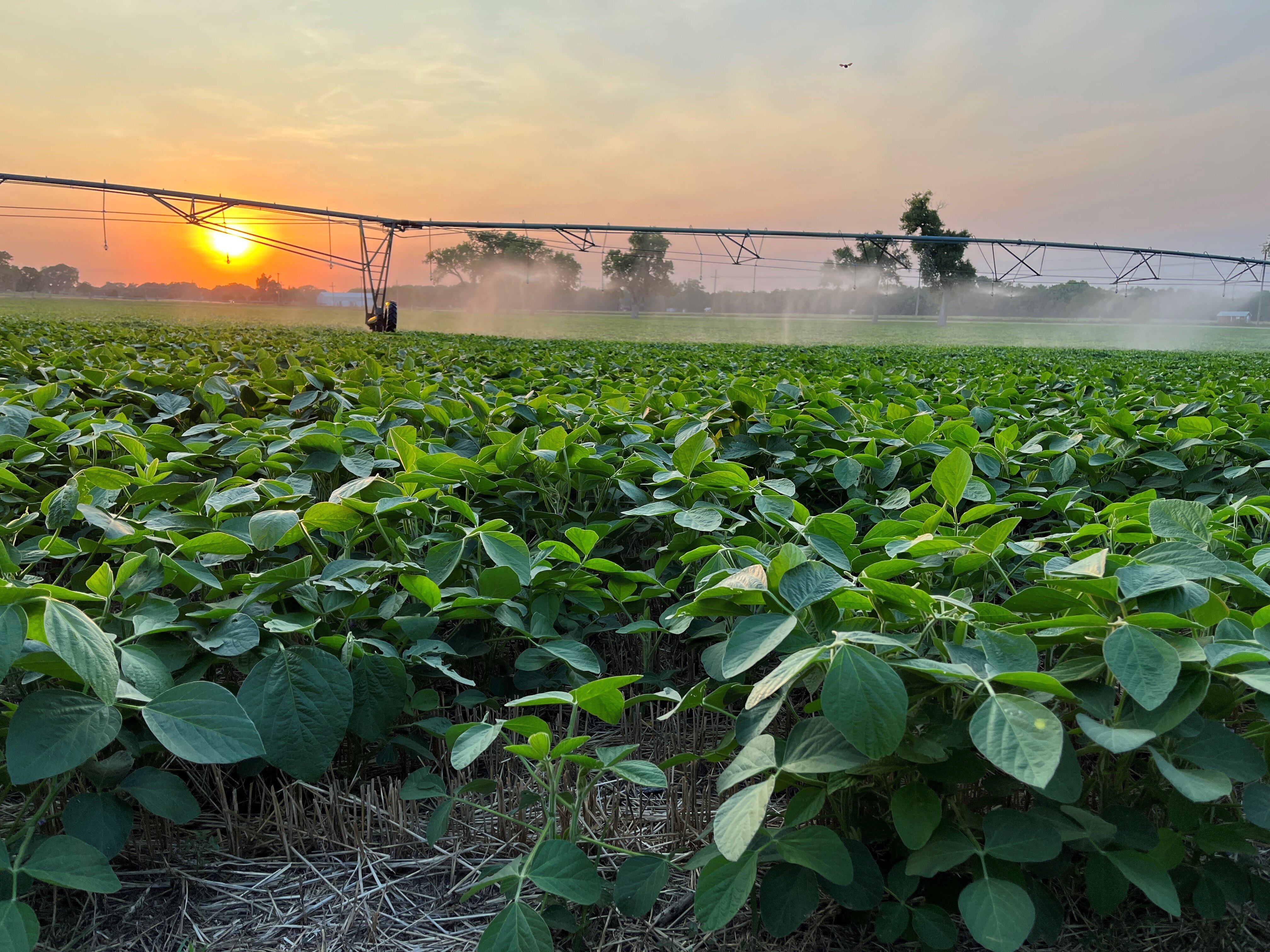Rising interest rates are reshaping how farmers think about debt, borrowing, and financial risk. After years of historically low rates, producers are now navigating higher costs for operating notes, capital loans, and land financing. Here’s what farmers need to know in 2025 to protect equity and manage leverage effectively.
Between March 2022 and July 2023, the Federal Reserve raised interest rates by more than 5 percentage points. At the time, many producers didn’t feel much pain. Debt was locked in at low rates, 2022 yields were excellent, and working capital carried a lot of farms through 2023 and even 2024.
But as we wrap up the 2025 season, the reality of higher borrowing costs is getting harder to ignore. Instead, farmers now lean on the hope of rate cuts.
Why Rising Interest Rates Feel Different for Farmers Today
For decades, interest rates were on a steady decline. If you were over-leveraged, you could usually wait a few years and refinance lower. That shaped how farmers thought about debt.
The problem? Almost nobody farming today has lived through a prolonged period of rising rates. A farmer who started at 18 in 1981 is now 62 years of age. Everyone younger than that has spent their career in a falling-rate world. Our intuition just isn’t tuned for today’s risk environment.
To understand how rising interest rates influence every aspect of your farm operation—from operating loans to capital expenditures—check out our blog Higher Interest Rates Affect Everything – Understanding Basic Finance.
The Psychology of Farm Debt in a High-Rate Environment
Two big traps we see:
- “Low for long” thinking. After the 2008 financial crisis, rates stayed low for more than a decade. That encouraged higher leverage and made capital feel cheaper than it really was. For many farmers, that was their entire career experience.
- Hope. Rates have been high for a few years now, and commodity prices have been weak for two seasons. That’s forced bigger operating notes and new capital loans at higher costs. The media keeps hinting at rate cuts, and while some may come, it’s unlikely we’ll go back to the ultra-low era of the 2010s. Take note: there were rate cuts in the 1970s.
Lessons From the Past
The 1970s brought heavy politicization of the Fed. The fallout was the farm crisis and savings and loan crisis of the early 1980s. Families who were current on loan payments still got calls from banks demanding full payoff. Loan covenant violations—not mismanagement—triggered collapse.
That’s why we remind producers: interest rate risk is real, and it can blindside even the most disciplined operator.
What Farmers Can Do About Rising Interest Rates Today
- Lock in when you can. Fixed rates won’t solve everything, but they can save tens of thousands in extra costs. Take note: some banks promote “fixed rates” that are fixed for only the first few years of the term of the loan. This is definitionally an “adjustable rate”.
- Manage leverage. A strong balance sheet is the best defense. Aim for an equity-to-asset ratio around two-thirds, based on realistic asset values and consolidated across business and personal entities.
- Use windows wisely. If rates do fall, don’t re-leverage—strengthen working capital and lock in long-term stability instead. Almost certainly by the time you read this we will be in a second round of rate cuts. Take note: this is a window of opportunity, not an indication that the risk of a decades-long trend of rising interest rates is fully eradicated. We want you to not own interest rate risk.
Bottom Line: Preparing Your Farm for Ongoing Interest Rate Risk
High interest rates and low commodity prices haven’t lined up like this in 25 years. That means new risks—and new blind spots. But it also means an opportunity for producers to rethink how they manage debt, protect equity, and prepare for whatever comes next.
Want to understand your true financial position in today’s high-rate environment? At UnCommon Farms, we help producers understand their true equity position, evaluate leverage risk, and build financial strategies that stand the test of time. We take a holistic approach to your business because success intergenerationally is financial and so much more.


.png)
